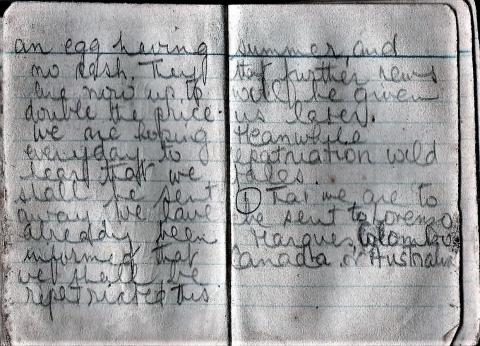Public Matsheds from 1912 to 1918
According to Coates (1983:170), by the 1918 three-day Chinese New Year racing carnival it had become the custom for the entire west side of the Happy Valley racecourse, from the village at the top end to the monument at the Valley entrance, to be lined by a long row of matshed stands. He claims that the Jockey Club was extremely careful to ensure that all matshed structures on its property were properly constructed and safe. With the benefit of hindsight, the Government, as it turned out, was not so careful.
